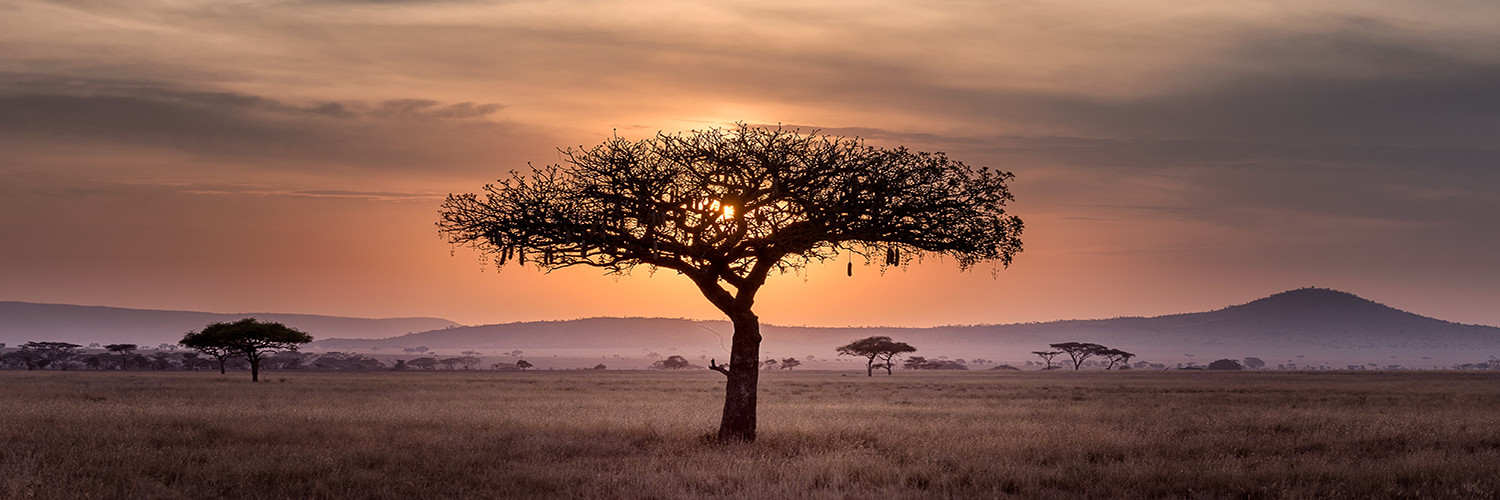
Episode 57 – The Batavian Republic takes over the Cape in 1803 with a “Methods in dealing with Savages” handbook
Loading player...
Last episode we dealt with the arrival of the new representatives of the Batavian Republic who’d come to take over the Cape Colony from the British.
While the British received commissioner-General Jacob Abraham Uitenhage de Mist who was a brilliant organizer and administrator, things did not go well at first.
de Mist was to install a new administration then hand over to a new governor called Lieutenant-General Jan Wilhelm Janssens once the new executive and judicial machinery were in place.
So the idea was for the British to hand over power formally on the evening of 31st December 1803 so that the Dutch would begin their Batavian Republic rule on the 1st January 1803.
As both sets of officials dined together on New Years’ Eve, a British ship hove into view and anchored. Then an urgent message was sent ashore. British governor Dundas was told to defer the transfer of ownership of the Cape until further notice. These orders had sailed from England on 17th October, a week after the Dutch officials had left Holland for Cape Town.
By 18th April 1803 a Dutch military force arrived by sea at Algoa Bay to take over Fort Frederick, while Governor Janssens rode out to the Fort all the way from Cape Town.
He eventually arrived at Algoa Bay on 8th May well versed by now in some of the settler narratives. The position on the frontier had changed completely compared to 50 years earlier.
Now large groups of Rarabe amaXhosa were in the Zuurveld particularly those following Ndlambe. He had well and truly split from his nephew Ngqika and their difference of opinion was violent. For the trekboers and other settlers, Ndlambe was a major problem because he was regarded as the best amaXhosa military leader and now he was living west of the Fish River. Remember the main aims for all colonial governments since the first trekkers arrived in the eastern Cape was to remove all amaXhosa from the Zuurveld.
While the British received commissioner-General Jacob Abraham Uitenhage de Mist who was a brilliant organizer and administrator, things did not go well at first.
de Mist was to install a new administration then hand over to a new governor called Lieutenant-General Jan Wilhelm Janssens once the new executive and judicial machinery were in place.
So the idea was for the British to hand over power formally on the evening of 31st December 1803 so that the Dutch would begin their Batavian Republic rule on the 1st January 1803.
As both sets of officials dined together on New Years’ Eve, a British ship hove into view and anchored. Then an urgent message was sent ashore. British governor Dundas was told to defer the transfer of ownership of the Cape until further notice. These orders had sailed from England on 17th October, a week after the Dutch officials had left Holland for Cape Town.
By 18th April 1803 a Dutch military force arrived by sea at Algoa Bay to take over Fort Frederick, while Governor Janssens rode out to the Fort all the way from Cape Town.
He eventually arrived at Algoa Bay on 8th May well versed by now in some of the settler narratives. The position on the frontier had changed completely compared to 50 years earlier.
Now large groups of Rarabe amaXhosa were in the Zuurveld particularly those following Ndlambe. He had well and truly split from his nephew Ngqika and their difference of opinion was violent. For the trekboers and other settlers, Ndlambe was a major problem because he was regarded as the best amaXhosa military leader and now he was living west of the Fish River. Remember the main aims for all colonial governments since the first trekkers arrived in the eastern Cape was to remove all amaXhosa from the Zuurveld.
